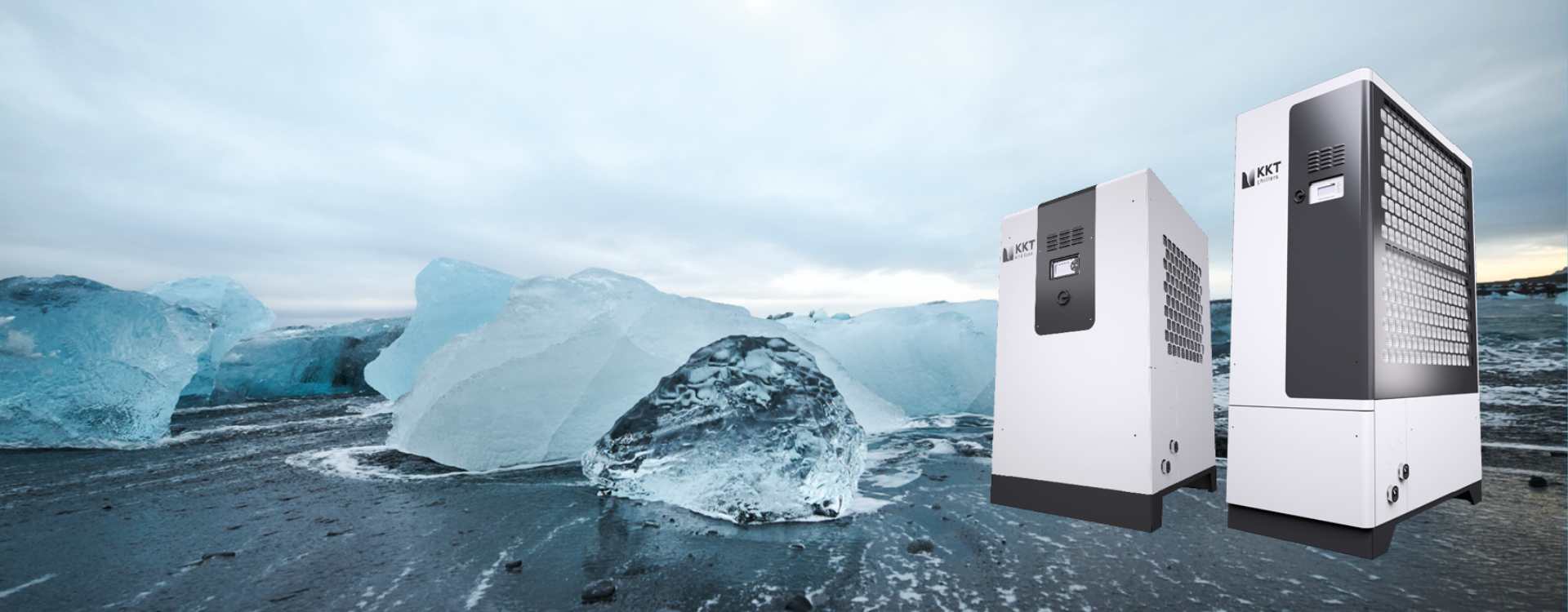AIT CHILLER
Our KKT chillers product brand combines decades of expertise in thermodynamic processes with the highly individual requirements of our customers to create energy-efficient solutions for a wide range of uses in the fields of medical technology, laser technology and many other industrial applications.
What is a Chiller?
A chiller lowers the temperature of a medium, such as water, in order to cool technical processes, large halls or individual rooms via process cooling.
Chiller are mainly used in industry and are available in a wide range of performance classes. Their operation is based on the same principle as that of refrigerators or heat pumps.
In the following sections, we explain in detail how a chiller works and how the units are constructed. We also show the main areas of application of chiller.
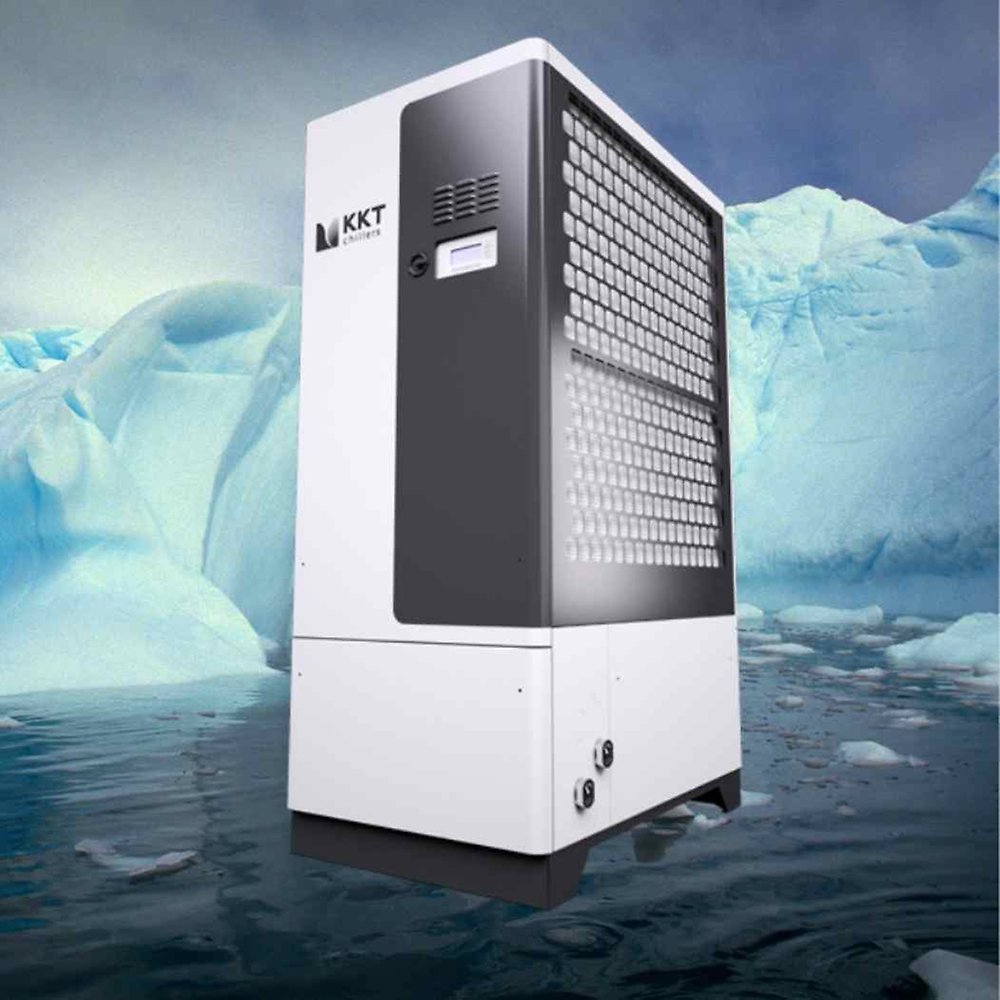
HOW DOES A CHILLER WORK?
A chiller, like any refrigerator or heat pump, contains a refrigeration circuit.
The refrigeration cycle in the chiller uses an air-cooled or water-cooled condenser. One of the main advantages of air cooling is that the refrigeration circuit operates autonomously, without an additional cooling source. A chiller releases the waste heat into the environment, and in winter, it can even be used for heating. A water-cooled condenser, on the other hand, releases the waste heat to the existing cooling water network. This means that a chiller operates independently of the ambient temperature.
How does a chiller cool? Let us first explain vapor-compression cooling with the widely used air cooling method. The main components of a chiller's refrigeration circuit are the compressor, condenser, expansion valve and evaporator. The refrigerant circulates within this circuit. In the evaporator, the refrigerant absorbs heat from the cold water, and in the condenser, it releases the heat into the inducted ambient air.
The compressor generates the pressure difference in the refrigerant circuit necessary for evaporation and condensation. The gaseous refrigerant is drawn in from the evaporator, and in the compressor, the refrigerant is compressed to the condensation pressure. The evaporator is a plate heat exchanger. It transfers heat from the chilled water to the refrigerant. For heat transfer to occur, the refrigerant in the evaporator must be colder than the chilled water. When the refrigerant absorbs heat, it changes its state from liquid to gaseous. The condenser is a microchannel heat exchanger. It releases the heat from the refrigerant into the ambient air. For this to work, the refrigerant in the condenser must be warmer than the inducted ambient air, and it must change its state from gaseous to liquid as it releases heat. The expansion valve controls the evaporator charging with liquid refrigerant, and at the same time, it throttles the pressure of the refrigerant before it enters the evaporator. In the process, the refrigerant cools down to the evaporating temperature. The fan draws the cooling air from the environment through the condenser and blows the heated air upwards out of the chiller.
PRODUCT PORTFOLIO
KKT chillers
ait's extensive product portfolio includes chillers with a cooling capacity of 1 kW to 1,000 kW for applications in medical technology, food and packaging, laser technology, chemical and pharmaceutical technology, surface technology, electronics, machine tools and the printing industry.

Medical technology
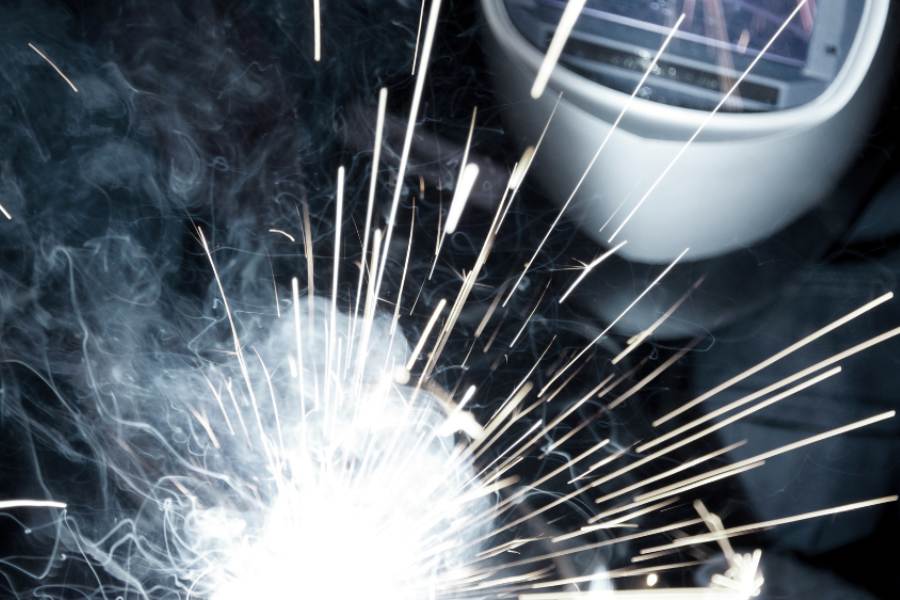
Printing industry
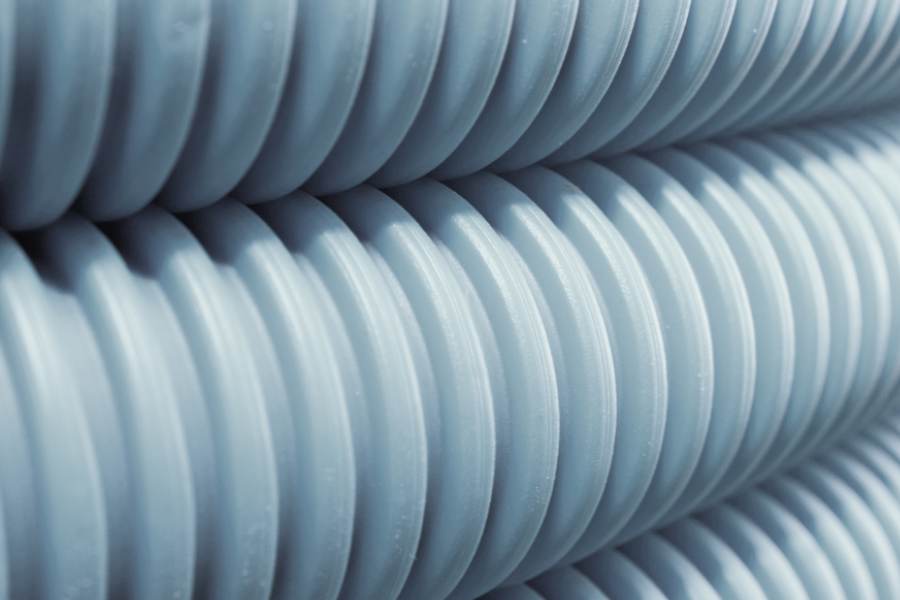
Electrical engineering

Plastics industry
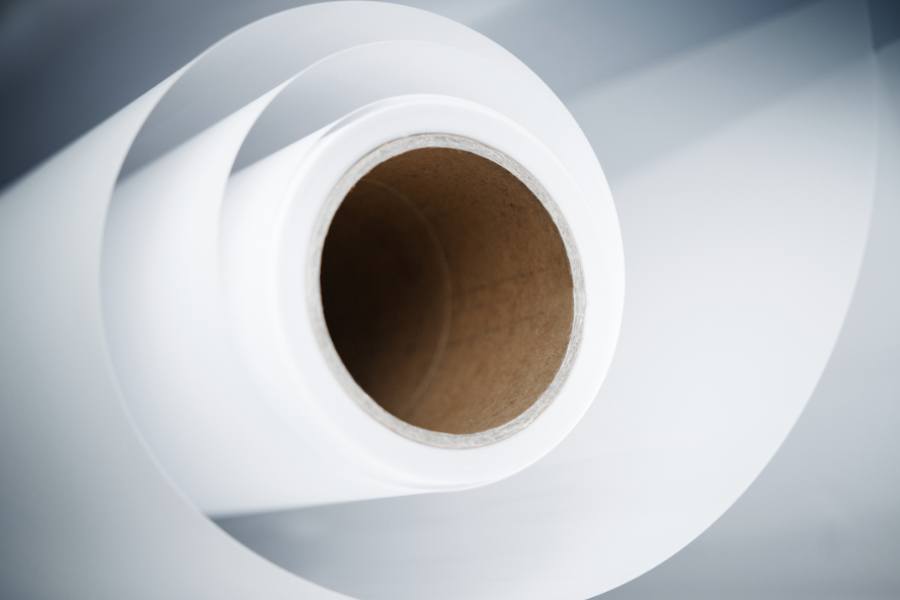
Laser technology

Food and packaging
PRODUCT BRAND KKT CHILLERS.
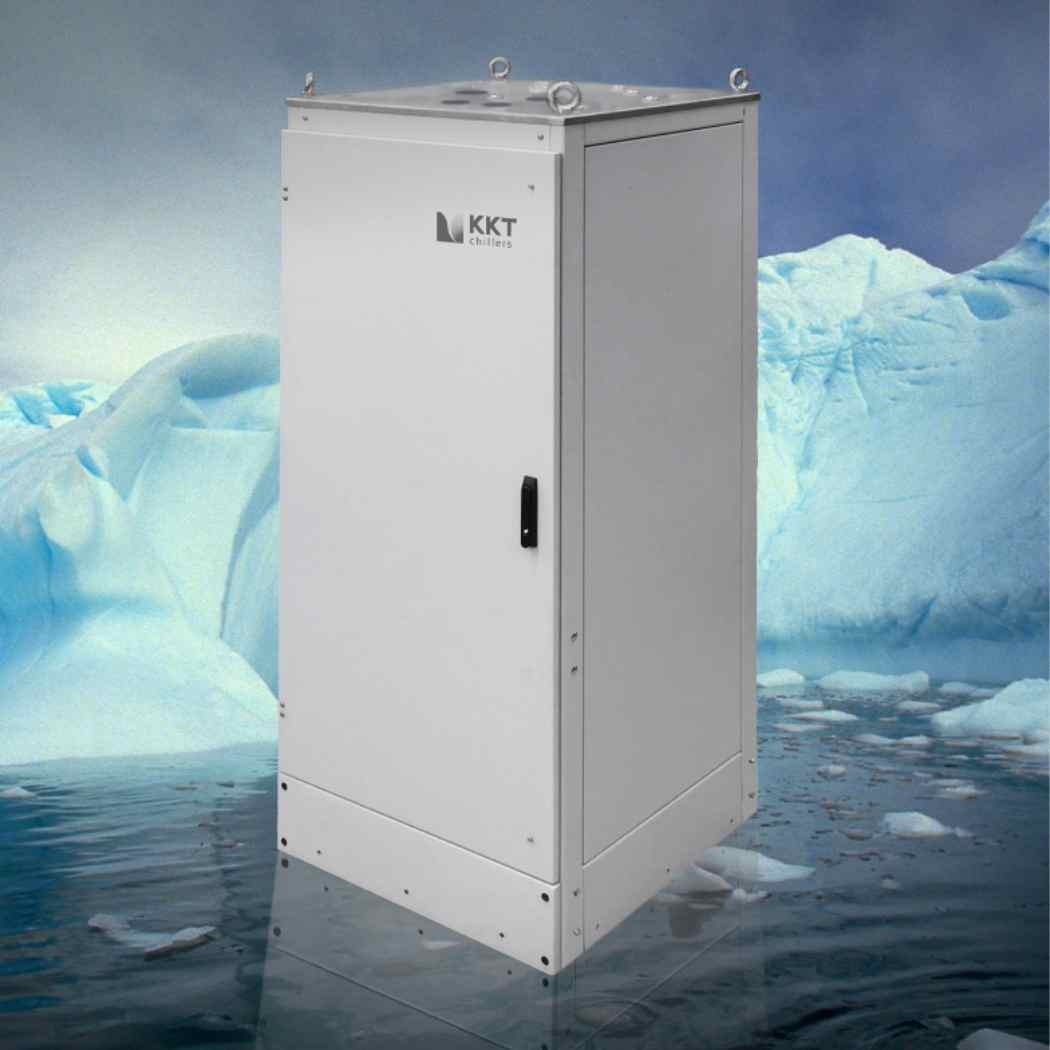
KKT Chillers
Our Vision is your progress
KKT chillers is the innovation driver in the industrial chiller market. The brand combines decades of expertise in thermodynamic processes with the requirements for energy-efficient chiller solutions for a wide range of applications.


